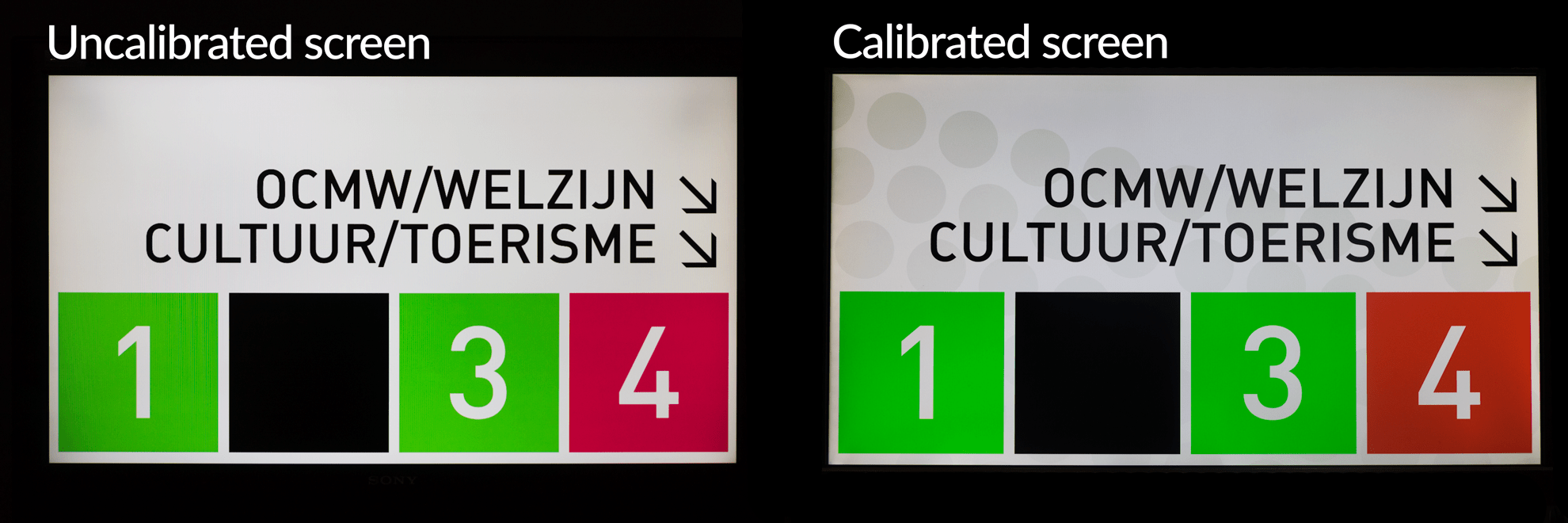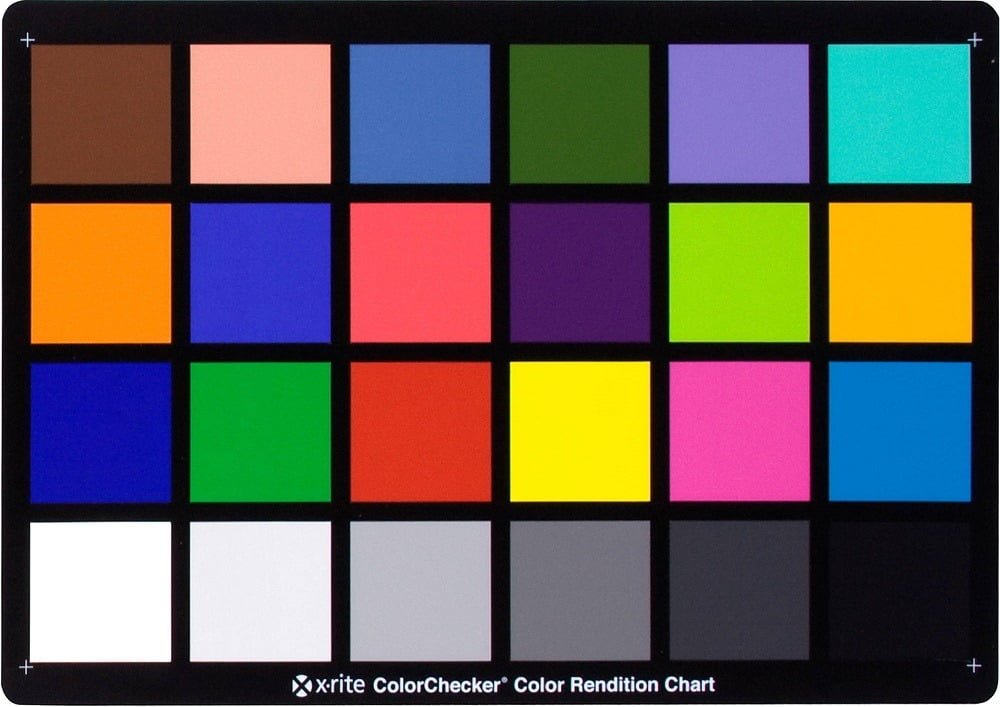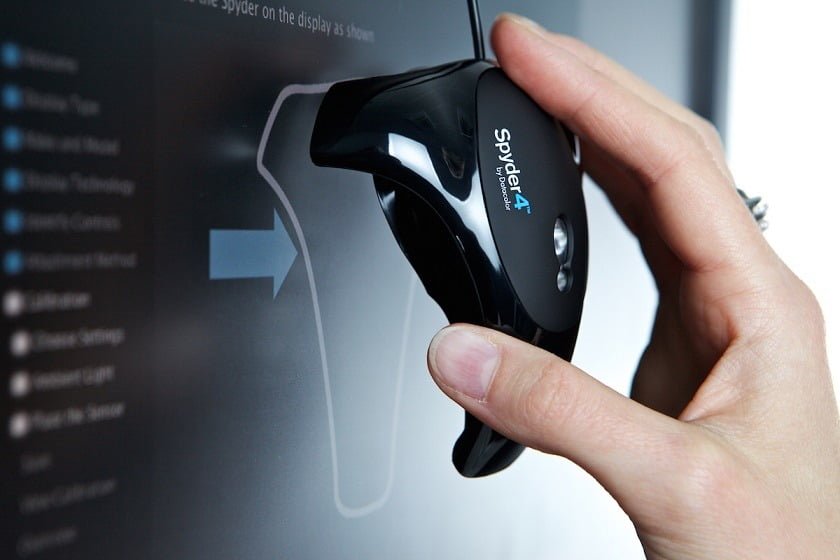For the Mr Perfects and Professionals among us!
We were recently working on a project of a customer and they sent in a Photoshop design of what they wanted to see on the information screens. That’s typical, most users send in a PowerPoint presentation already, while designers send in a Photoshop file and you have to start all over in PowerPoint.
We were displaying the newly created PowerPoint on a television here, as a test. And with this presentation we saw the completely different results between our design computer and the test television.

But, even worse, the subtle light-grey balls are completely not visible on the left screen! There, the white part of the presentation has no variation at all. Besides the texts, it is completely white.
- Different brands and models
- Different ages: also important since television loose quality as they get older
- Different external lightning conditions
- Different technology
That might all be obvious, but there are other possible reasons:
- Brightness
- Contrast
- Warm colors
Vendor A sets the default brightness much higher than vendor B, and so on. Among television vendors, there is no real standard that they have to respect when they deliver. That causes the problem.
How to fix these differences?
Of course there is a solution for this and it is called calibration. The process of calibration is using methods to measure, compare and correct the different colors. It measures a given color and compares the output to a defined standard color, as it should be. Then it decides to modify a given color for this computer and screen combination.
So basically, you will display all colors possible on your monitor, after each other and you will measure and correct each color. That is what the calibration process is doing.
 Manual correction by ColorChecker Card
Manual correction by ColorChecker Card
There are cards on the market with different standardized colors on it. You can display an image of this card on your screen and compare each color of this card with the matching color of your screen.
Then you can start correcting the colors, but this is manual and difficult work.
There is a better solution on the market.
 Automatic calibration
Automatic calibration
Another solution is to use a calibration tool. That is a combination of some hardware and software. Install the software on your computer and run it. It will ask you to place the calibration device on your monitor. Then the software will quickly display each color (much more than the color calibration card here above) and measure it.
This will run for some 10 or 15 minutes. At the end, it will propose a new color scheme with all corrected colors.
Conclusion
After the calibration process, you can be sure of the colors that you are using. When you work with other professional people, then they most likely also use a calibrated screen. Only then you are sure that you are talking about the same temperature of green and red etc.
Same for your digital signage or information screens. With some 10 monitors in a factory, or +1000 displays at an airport, then you have to make sure that they are all equally calibrated. We are talking here about the initial calibration but you will have to repeat the calibration process on regular intervals like every 3 months, 6 months or every year.

 Manual correction by ColorChecker Card
Manual correction by ColorChecker Card Automatic calibration
Automatic calibration


